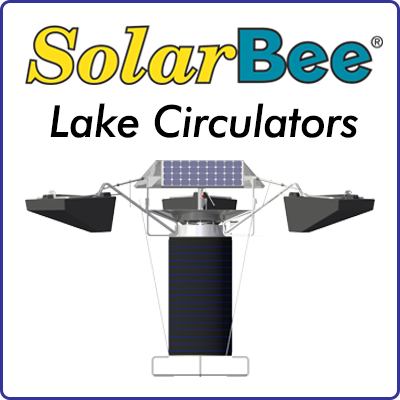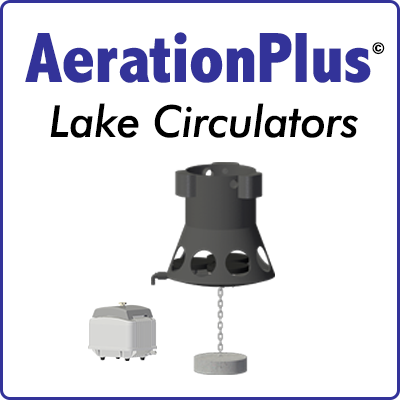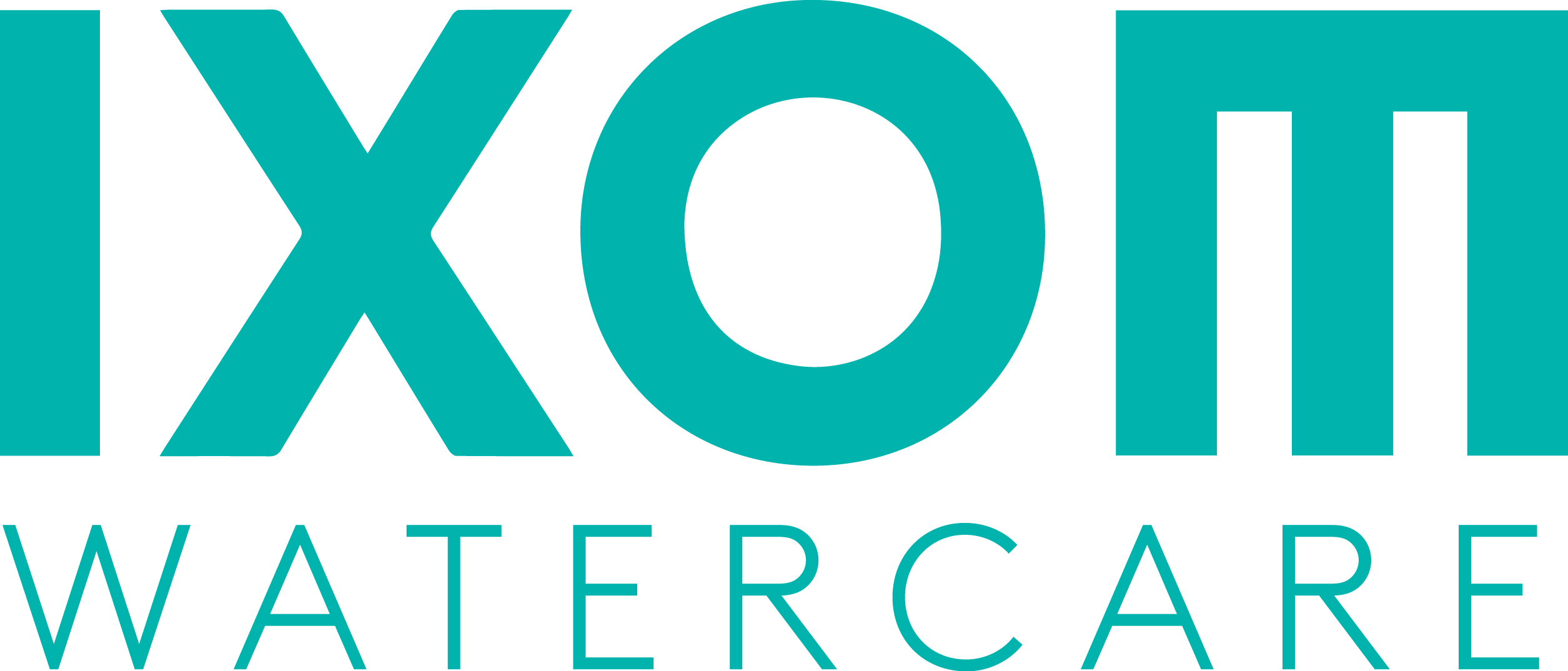In The Mix E-Newsletter- The 2018 Lake Edition
SolarBee® & AerationPlus© Lake Circulators
World-leading circulation solutions for water quality improvement in lakes, reservoirs, & ponds.
Lake season is almost here and now is the perfect time to start thinking about the water quality in your favorite lakes, reservoirs, and ponds. Chronic cyanobacteria blooms are one of the biggest threats to water quality across the United States and circulation has been proven to be an effective strategy to keep them at bay. Large or small, drinking water source reservoirs or golf course ponds, circulation can help. Medora Corporation has circulation equipment in over 400 freshwater reservoirs and 97% of these locations did not report a cyanobacteria bloom in 2017!
In This Issue:
• Featured Video- Cyanobacteria Vs. Circulation
• SolarBee Lake Circulators Feature
• AerationPlus Lake Circulators Feature
• Lake Learning- Educational Materials
• Top 5 Suggestions For Lake Restoration
• Harmful Algal Blooms (HABs)
• "Bad" Cyanobacteria Vs. "Good" Green Algae Comparison
• A Simple Blue-Green Algae (Cyanobacteria) Test
 Featured Video- Circulation Success
Featured Video- Circulation Success
Cyanobacteria Control Mechanisms
Access More Of Our Lake Libraries!
• Top 5 Common Sense Suggestions For Lake Restoration
![]() Life on our planet is very dynamic. There are not many stagnant environments, and fewer organisms that prefer such habitats. In the aquatic realm, stagnation can temporarily occur in water bodies during periods of strong thermal stratification (typically during summer months) when there is also an absence of outside forces such as wind or hydraulic movements from tributary input. From puddles to ponds to wind-protected areas of large lakes, stagnation of surface waters can occur for days or even weeks.
Life on our planet is very dynamic. There are not many stagnant environments, and fewer organisms that prefer such habitats. In the aquatic realm, stagnation can temporarily occur in water bodies during periods of strong thermal stratification (typically during summer months) when there is also an absence of outside forces such as wind or hydraulic movements from tributary input. From puddles to ponds to wind-protected areas of large lakes, stagnation of surface waters can occur for days or even weeks.
Most planktonic algae do not do well in stagnant waters because they tend to settle out of the photic zone into dark, bottom waters where they can no longer photosynthesize or survive. Nutrient depletion occurs more rapidly in stagnant waters, further inhibiting algal growth. However, there are two groups of algae that have... MORE
• Harmful Algal Blooms (HABs)
![]() Life on our planet is very dynamic. There are not many stagnant environments, and fewer organisms that prefer such habitats. In the aquatic realm, stagnation can temporarily occur in water bodies during periods of strong thermal stratification (typically during summer months) when there is also an absence of outside forces such as wind or hydraulic movements from tributary input. From puddles to ponds to wind-protected areas of large lakes, stagnation of surface waters can occur for days or even weeks.
Life on our planet is very dynamic. There are not many stagnant environments, and fewer organisms that prefer such habitats. In the aquatic realm, stagnation can temporarily occur in water bodies during periods of strong thermal stratification (typically during summer months) when there is also an absence of outside forces such as wind or hydraulic movements from tributary input. From puddles to ponds to wind-protected areas of large lakes, stagnation of surface waters can occur for days or even weeks.
Most planktonic algae do not do well in stagnant waters because they tend to settle out of the photic zone into dark, bottom waters where they can no longer photosynthesize or survive. Nutrient depletion occurs more rapidly in stagnant waters, further inhibiting algal growth. However, there are two groups of algae that have... MORE
• "Bad" Cyanobacteria Vs. "Good" Green Algae Comparison
![]() This comparison is based on Medora Corporation’s experience and research in this field beginning in 2001. It will give you a well-rounded Medora Corporation has likely done more water testing on more lakes than any other organization, private or public. Each day of the year, five to ten crews are testing water all over the U.S... MORE
This comparison is based on Medora Corporation’s experience and research in this field beginning in 2001. It will give you a well-rounded Medora Corporation has likely done more water testing on more lakes than any other organization, private or public. Each day of the year, five to ten crews are testing water all over the U.S... MORE
• A Simple Blue-Green Algae (Cyanobacteria) Test
This paper was written by the Kansas Department of Health and Environment and originally published on their website: www.kdheks.gov/algae-illness/private_waters.htm. Medora Corporation reformatted the original document for the use of its Customers and the general public.
There are a couple simple tests a pond owner can do, at no cost, to determine if a green pond even has a blue-green algae community ( also known as cyano- bacteria), or if any algal material visible at the water surface is a blue-green surface scum. NOTE: No test is 100% perfect, and that includes the jar test for blue-greens. The test relies on the buoyancy adaptation of most planktonic blue-green algae. In Kansas, bloom complaints are overwhelmingly... MORE

SolarBee® Long-Distance Lake Circulators
The most successful circulation solution for lake restoration.
 Long-distance circulation (LDC) equipment from Medora Corporation is designed to solve a variety of water quality problems in lakes and raw water reservoirs. It can prevent and control harmful blue-green algae blooms in the epilimnion, above the thermocline, or it can be deployed to treat the hypolimnion below the thermocline. Over 400 Medora Corporation projects currently use LDC to solve algae problems in the toughest lakes in the country. Many of these projects demonstrate long term sustainability with over 10 years of success. As a waterbody management tool, LDC is cost-effective in the systems approach to freshwater management and compliments the watershed management methods (nutrient and pollution reduction) currently advocated by US EPA policy... MORE
Long-distance circulation (LDC) equipment from Medora Corporation is designed to solve a variety of water quality problems in lakes and raw water reservoirs. It can prevent and control harmful blue-green algae blooms in the epilimnion, above the thermocline, or it can be deployed to treat the hypolimnion below the thermocline. Over 400 Medora Corporation projects currently use LDC to solve algae problems in the toughest lakes in the country. Many of these projects demonstrate long term sustainability with over 10 years of success. As a waterbody management tool, LDC is cost-effective in the systems approach to freshwater management and compliments the watershed management methods (nutrient and pollution reduction) currently advocated by US EPA policy... MORE
Heavy duty models available for high wave action environments!
SolarBees & Boat Safety Top 10 FAQ
We are sometimes asked about the potential for accidents and owner liability regarding SolarBee® circulators on lakes. Since 2002 over 1000 SolarBees have been installed in lakes that have water skiing courses, wake boarding contests, windsufing lessons, sailing courses, rowing courses, heavy fishing activity, jet skis, and even seaplane landing areas. There have been no significant accidents or liability to any lake stakeholder. In short, recreational boating and SolarBees have coexisted very well in water bodies of all sizes... MORE

AerationPlus© Lake Circulators
Lake circulation made easy.

The AerationPlus© is the latest freshwater circulation equipment offering from Medora Corporation. We combined all our patented knowledge & experience in large lake applications and focused it especially for small lakes and ponds as well as small areas on larger reservoirs. The AerationPlus© is completely submerged for those areas where aesthetics are important and there is no electricity in the water so it is safe in high-use areas. It comes with everything you need including air hose and an ultra-quiet air unit. Great circulation can be up & running in less than an hour. Easy to deploy. Easy to maintain. Easy on the wallet. Make your water better with AerationPlus© Lake & Pond Circulators.
The AerationPlus© is a perfect circulation solution for:
• Docks & marinas
• Swimming areas
• Stormwater retention basins
• Private lakes & ponds
• Park & golf course ponds & waterscapes
Standard & Deep Water Air Packages Available!
Need more information?
Give us a buzz at 866-437-8076 or
through our website!
Subscribe to The Mixer
News & Views Blog!










